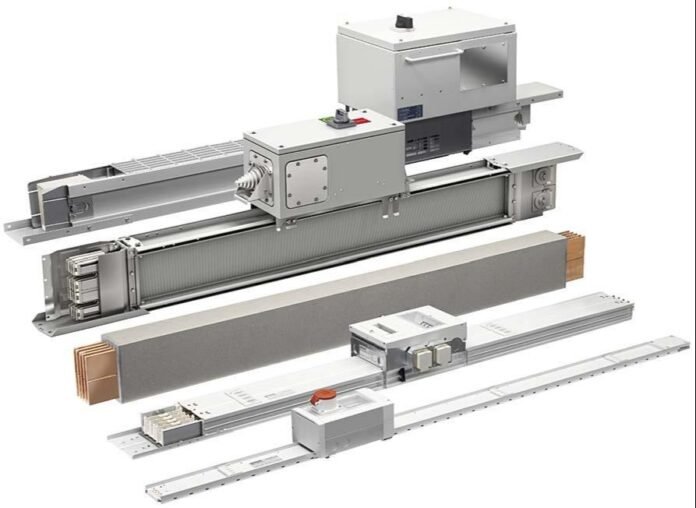In the realm of electrical distribution, selecting the right system is crucial for efficiency, safety, and overall performance. Two primary methods often considered are the Busbar Trunking System (BTS) and conventional cable systems. Understanding the pros and cons of each can help in making an informed decision suitable for your specific needs.
What is a Busbar Trunking System?
A Busbar Trunking System (BTS) is an electrical distribution system that uses insulated conductors enclosed in a metal casing to deliver power. This method is particularly popular in large buildings and industrial environments due to its flexibility and efficiency.
Pros of Busbar Trunking Systems
Efficiency and Performance
- Low Energy Losses: BTS typically have lower resistance compared to conventional cables, resulting in reduced energy losses during transmission.
- High Current Capacity: They can handle higher current loads, making them suitable for heavy-duty applications.
Installation and Maintenance
- Easy Installation: The modular design of busbar trunking systems allows for quick and straightforward installation. Pre-fabricated sections can be easily assembled on-site.
- Minimal Maintenance: Once installed, BTS require less maintenance compared to conventional cables. The robust design ensures long-term reliability.
Safety and Reliability
- Enhanced Safety: BTS are enclosed in a protective casing, reducing the risk of electrical faults, fires, and short circuits.
- Consistent Performance: The design minimizes the risk of overheating and voltage drops, ensuring a consistent and reliable power supply.
Cons of Busbar Trunking Systems
- Initial Cost: The upfront cost of installing a busbar trunking system can be higher than conventional cable systems. However, this cost is often offset by the reduced maintenance and operational expenses.
- Space Requirements: BTS installations may require more space compared to traditional cables, which could be a limiting factor in some applications.
What are Conventional Cable Systems?
Conventional cable systems use insulated wires to transmit electrical power. These systems are widely used due to their familiarity and versatility in various applications.
Pros of Conventional Cable Systems
Flexibility and Accessibility
- Versatility: Conventional cables can be used in a wide range of applications, from residential wiring to industrial power distribution.
- Accessibility: They are readily available and can be easily sourced from various suppliers.
Cost
- Lower Initial Cost: The initial investment for conventional cable systems is generally lower than for busbar trunking systems, making them an attractive option for smaller projects or budgets.
Space Efficiency
- Compact Installation: Conventional cables can be routed through narrow spaces and conduits, which can be advantageous in space-constrained environments.
Cons of Conventional Cable Systems
Performance and Efficiency
- Higher Energy Losses: Conventional cables tend to have higher resistance, leading to greater energy losses over long distances.
- Limited Current Capacity: They may not handle high current loads as efficiently as busbar trunking systems.
Installation and Maintenance
- Complex Installation: Installing conventional cables can be labor-intensive and time-consuming, especially for large-scale projects.
- Frequent Maintenance: Conventional cables are more prone to wear and tear, requiring regular inspections and maintenance to ensure safety and performance.
Safety Concerns
- Increased Risk of Faults: Conventional cables are more susceptible to electrical faults, short circuits, and fire hazards compared to busbar trunking systems.
- Voltage Drops: Over long distances, conventional cables may experience significant voltage drops, affecting the stability of the power supply.
Conclusion
When comparing Busbar Trunking Systems to conventional cable systems, it’s clear that each has its unique advantages and disadvantages. Busbar Trunking Systems offer superior efficiency, safety, and ease of installation, making them ideal for large-scale and high-load applications. However, they come with a higher initial cost and space requirements. On the other hand, conventional cable systems are more cost-effective upfront and versatile but may fall short in terms of efficiency and long-term reliability.
Ultimately, the choice between a Busbar Trunking System and a conventional cable system will depend on the specific requirements of your project, including budget, space constraints, and the level of performance needed. By carefully considering these factors, you can select the most appropriate system to ensure optimal power distribution and overall project success.



